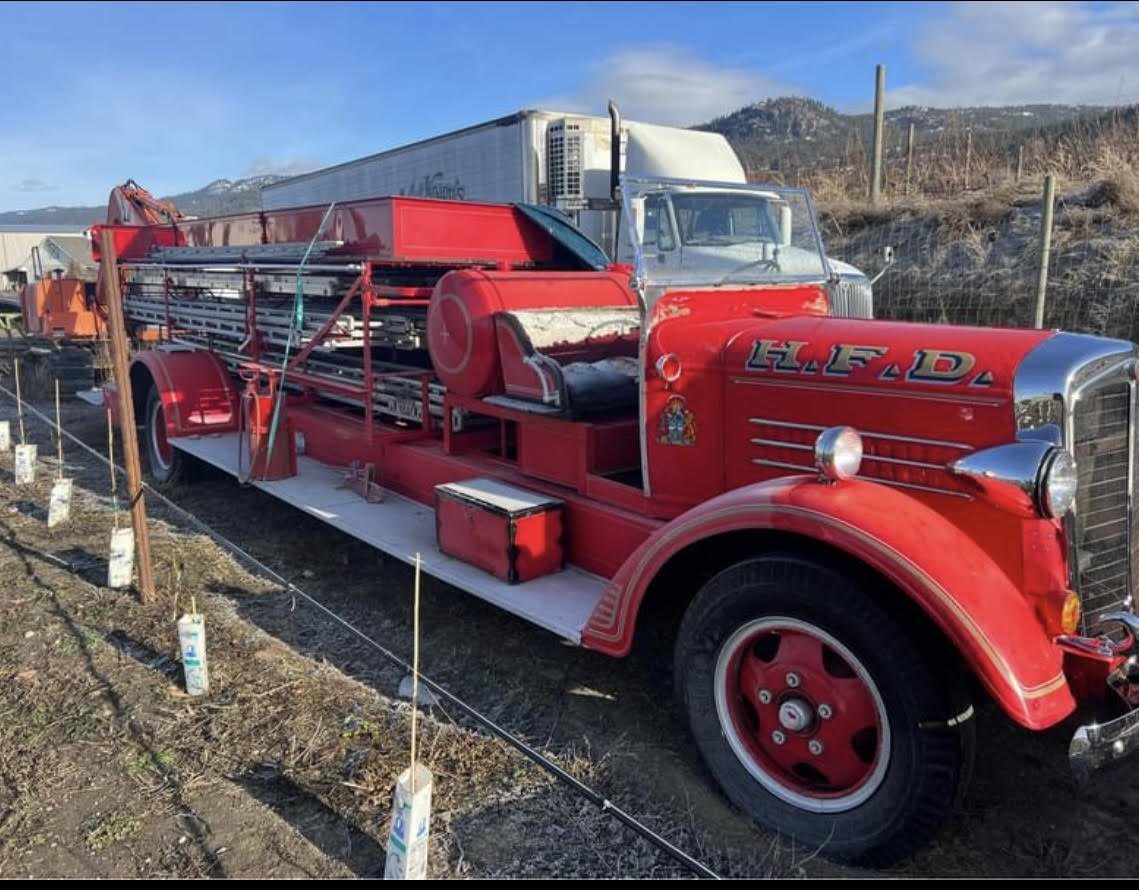So where is Barriefield? And what did it mean to Marmora?
/It was 1814, before the birth of Sir John A. MacDonald, when Kingston businessman and politician, Richard Cartwright, divided part of his own land on the Cataraqui River, opposite Fort Henry, Kingston, to create lots for working people principally employed as tradesmen at the Royal Naval Dockyard. In charge of this naval installation was Commodore Robert Barrie, after whom the Village was named.
In response to the war in 1812, and with the building of Fort Henry in the 1830's, activity in the area was increasing, and Barriefield became a significant pre-confederation Upper Canada Village and a true outpost of the British Empire, complete with nine pubs! It is such an important piece of local history, that it was designated as a Heritage Village, the first of such designations in Ontario.
With the outbreak of the First World War in 1914, Barriefield was established as a military base, known as Barriefield Military Camp, or Camp Barriefield. Young soldiers were brought in from all around the area to train, as noted in the Marmora Herald article (left) dated June 1, 1916.
On June 15, 1916, it was reported in the Marmora Herald that there were "over 107 cars and vehicles running to camp, carrying the camp license, and these cars take in fares every day which amounts to about $2,000.00. This means about $60,000.00 a month for car fares to and from the camp, spent by officers and men, and all this goes into the City of Kingston. Why, the car drivers alone could pave the camp road, and should have been compelled to pay something towards all things necessary to make the camp safe and comfortable."
The Herald further reported that "The Pearce Company Ltd. (Marmora) have shipped a couple of car loads of lumber to Barriefield to be used in putting doors in the tents of the 155th Battalion. As a result of the wet weather, the tents are hardly habitable at present." June 8, 1916
Training Camp - A Charles Bleecker photo
c.1914 Charles A..Bleecker 2nd from left
1914 Blacksmith shop at Barriefield,
In 1937, the training camp (home of the Royal Military College) expanded to the south of the King's highway, and in 1966 was renamed the Canadian Forces Base Kingston. (CFB Kingston)
As for Barriefield, it remains a quaint village a with a distinctive building style typically consisting of low profile one-and-a-half storey homes of wood frame or stone construction. Buildings are primarily single detached residences with a few semi-detached or row-type houses. Although many buildings and properties have been altered over time, and new buildings have been added to the Village, the overall nineteenth century rural character of the Village of Barriefield has been retained

































